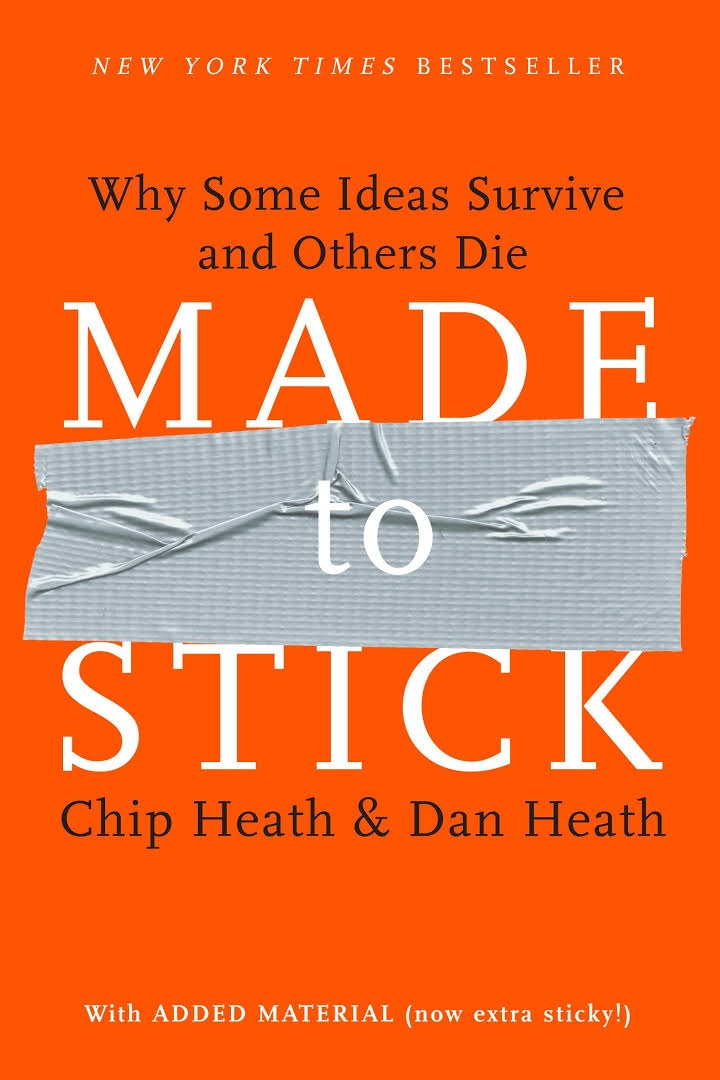Made to Stick – Semantic Stretch
Let’s look at a nonscientific example: the word “unique.” “Unique” used to mean one of a kind. “Unique” was special.
The researchers used a database to examine every newspaper article in each of the top fifty newspapers in the United States over a twenty-year period. During this time, the percentage of articles in which something was described as “unique” increased by 73 percent. So either there’s a lot more unique stuff in the world today or the “uniqueness bar” has been lowered.
Perhaps some skeptics, contemplating robot vacuum cleaners or Paris Hilton, would protest, “Hey, there is a lot more unique stuff in the world these days.” But at the same time that the word “unique” was rising in popularity, the word “unusual” was falling. In 1985, articles were more than twice as likely to use the word “unusual” as the word “unique.” By 2005, the two words were about equally likely to be used.
Unique things should be a subset of unusual things—unique (i.e., one of a kind) is about as unusual as you can get. So if there really were more unique things today, we should see more “unusual” things as well. The fact that unusual things are getting less common makes the rise in unique things look like a case of semantic stretch. What we used to call “unusual” we now stretch and call “unique.”
